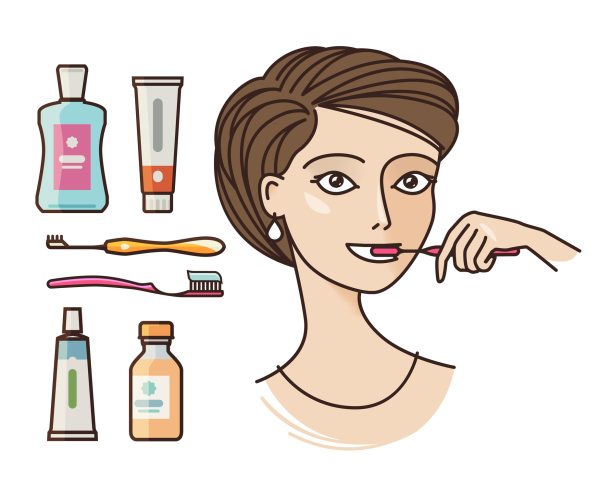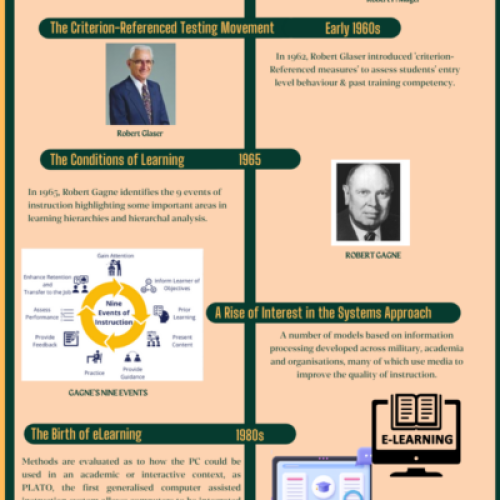Microlearning
Infographics are highly effective for microlearning because they condense complex information into visually engaging pieces. They allow learners to quickly grasp key concepts through a combination of text, images, and charts, making it easier to retain and recall information. By simplifying data and highlighting main points, infographics cater to short attention spans, making learning more efficient. They also appeal to visual learners, helping them to connect abstract concepts with concrete images. Additionally, infographics are easy to share and can be accessed on-demand, fitting seamlessly into the bite-sized nature of microlearning.
Oral Health
Electric Toothbrush
User Manual

Oral health is crucial because it directly impacts your overall well-being. Poor dental hygiene can lead to cavities, gum disease, and even more serious health issues like heart disease. Electric toothbrushes are an effective tool in maintaining good oral health—they provide consistent brushing power, help remove plaque more efficiently, and make it easier to reach difficult spots. Plus, they often come with built-in timers to ensure you brush for the recommended two minutes, promoting better brushing habits.

The History of Instructional Design
I’m really passionate about the history of instructional design because it highlights how far the field has evolved to meet the needs of diverse learners. Tracing its roots from early behaviorist theories to the modern, learner-centered approaches we see today is fascinating. It’s incredible how the shift from traditional education models to more interactive, technology-driven methods has reshaped how we design learning experiences. Understanding this history not only gives me a deeper appreciation for the field but also inspires me to innovate and build on the work of those who paved the way. Every milestone in its development feels like an important step toward making learning more effective and accessible for everyone.
